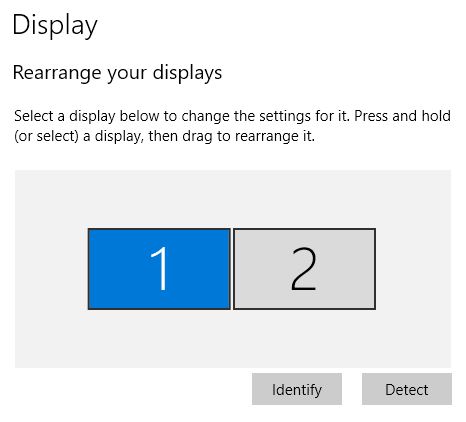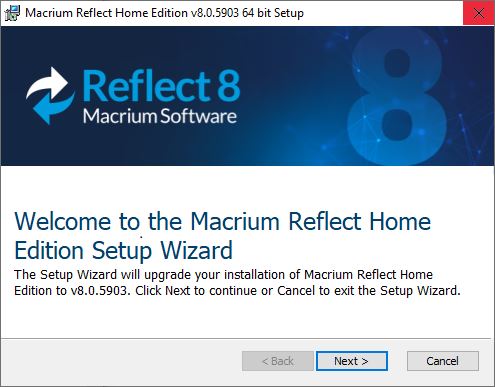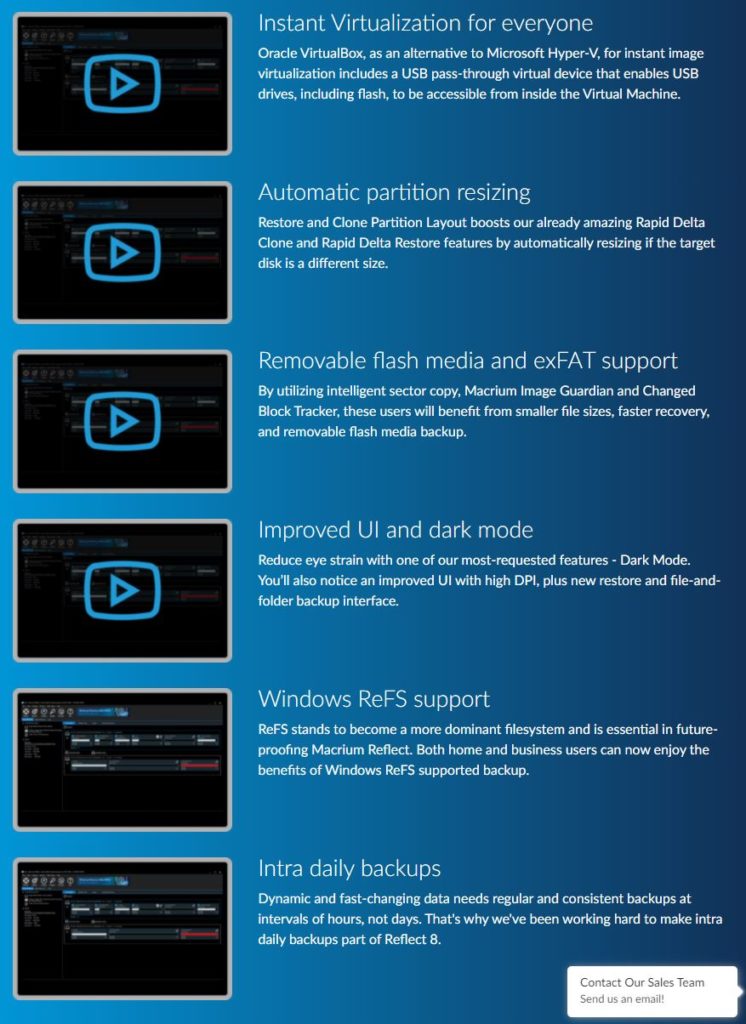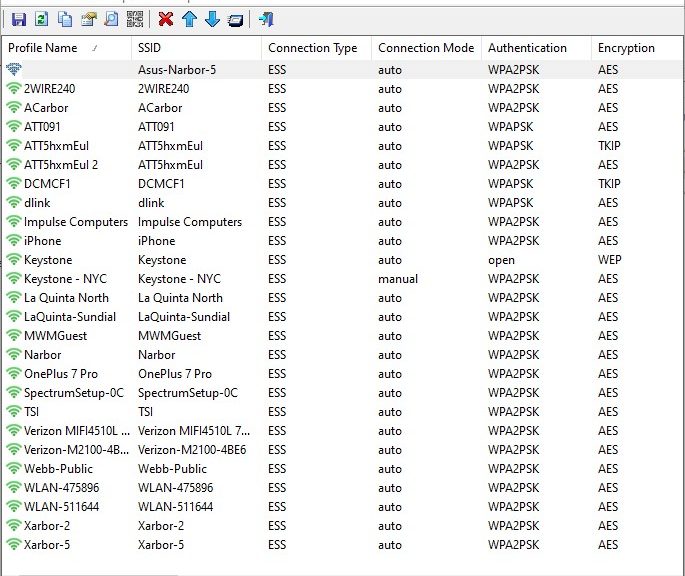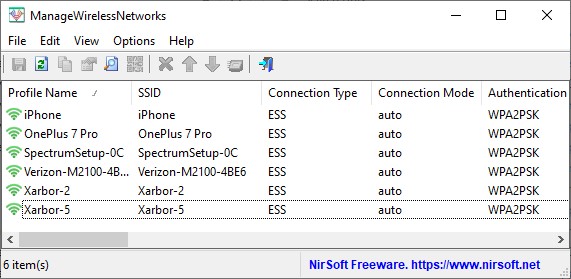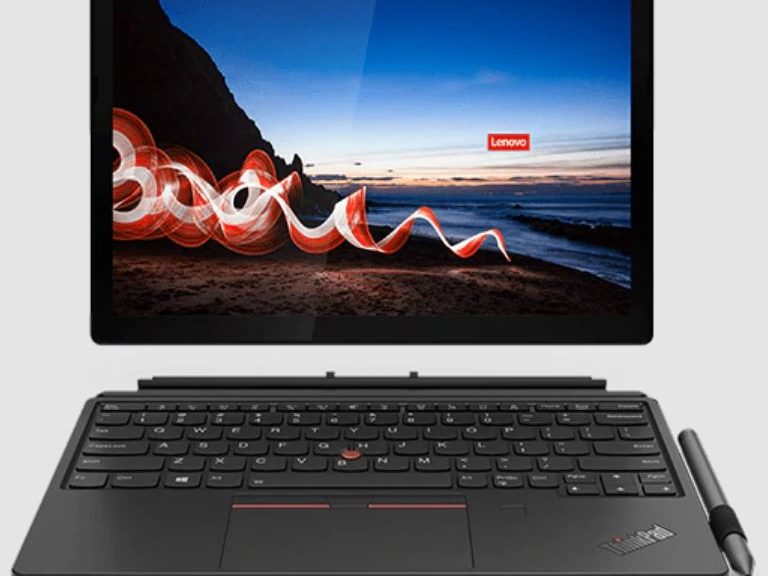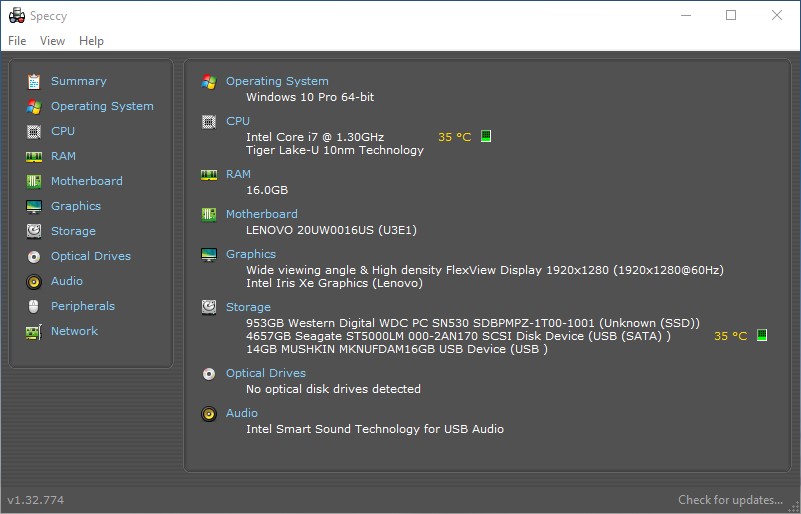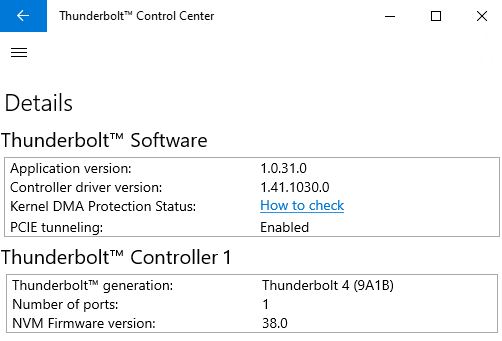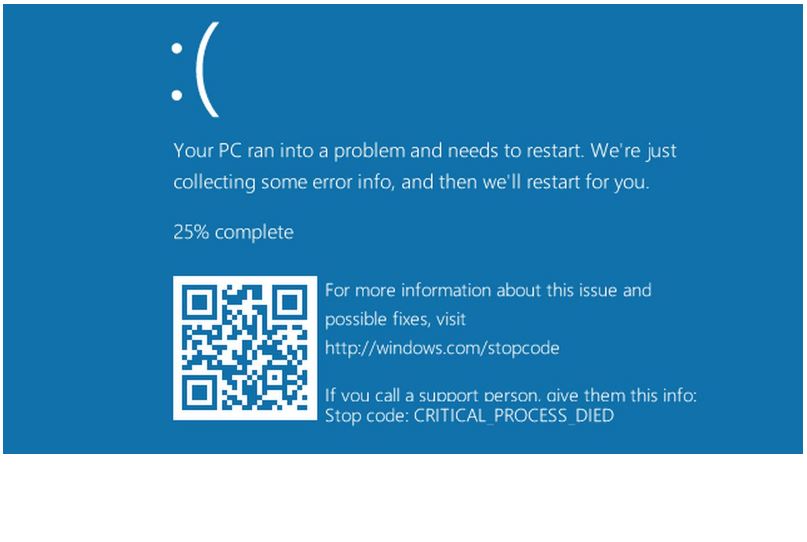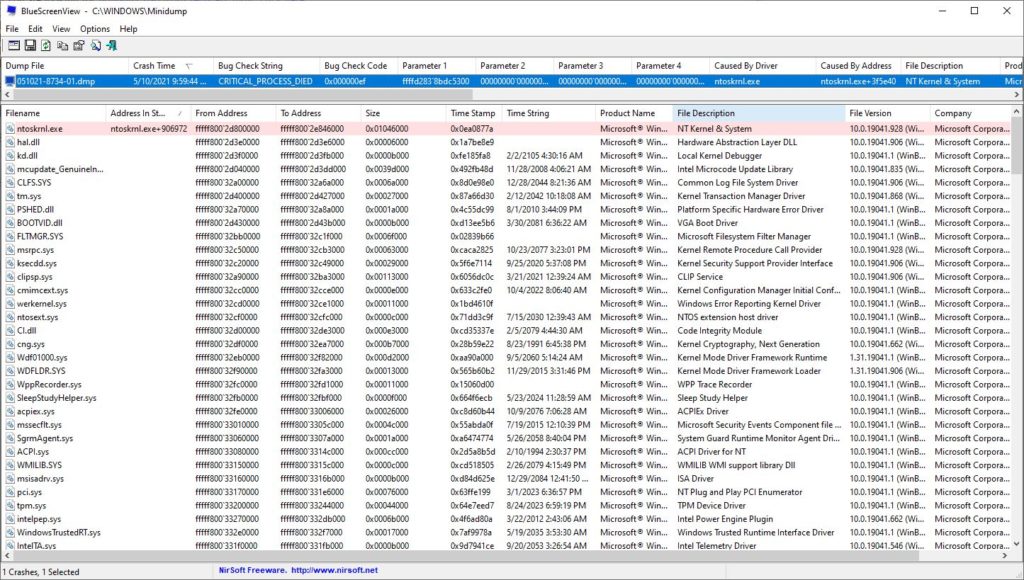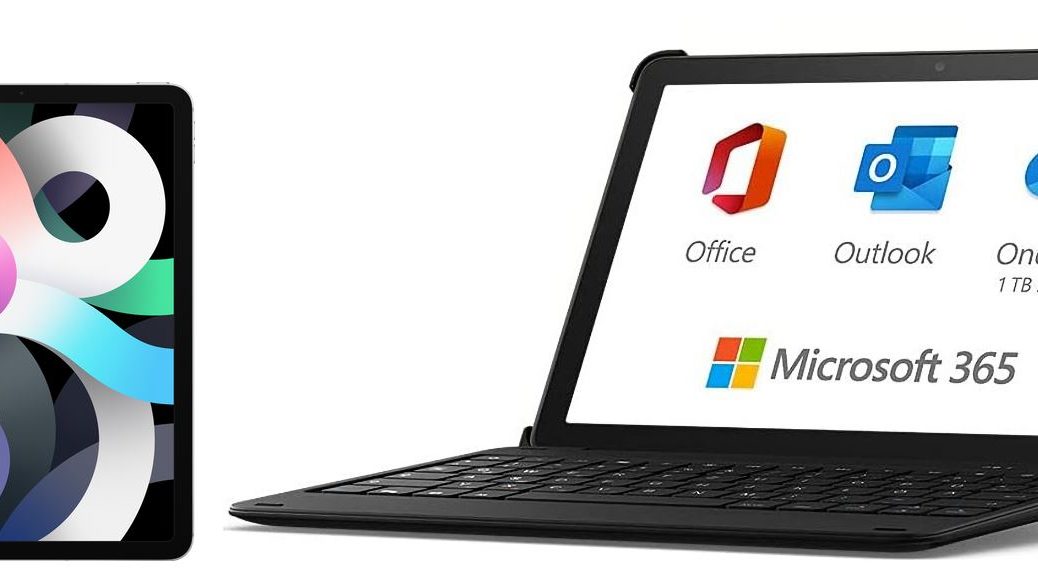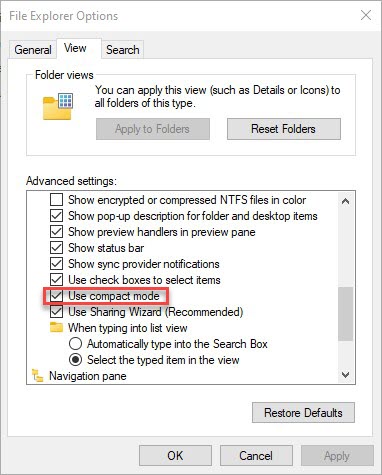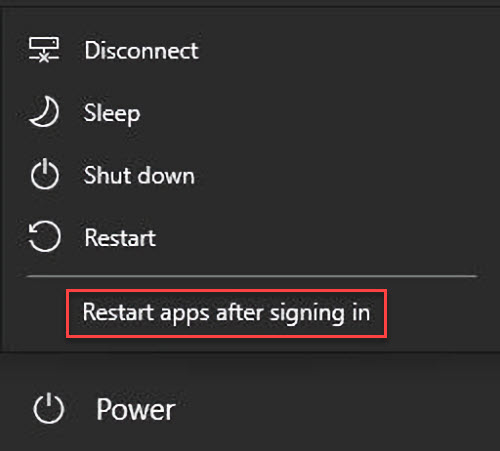When it comes to Windows, it’s always something. When I logged in this morning, it was my number two (right-hand) monitor, blinking on and off at about 3 second intervals. From long experience, I know the most likely cause for such misbehavior is the graphics driver. Thus, I immediately fire up the GeForce Experience app, see a new driver is available, download and install same. And that, dear Readers, is how my blinking monitor gets easy fix. If only all of my problems were so easily solved!
Driver Update Means Blinking Monitor
Gets Easy Fix
Graphics drivers are notoriously finicky beasts. They can cause all kinds of interesting problems, especially when new drivers cause hijinks on older graphics cards (or circuitry). My production desktop incorporates a GeForce GTX 1070, which is now about 5 years old. Because of the scarcity of newer generation (2xxx and 3xxx) GPUs right now — coin miners are snatching them up in droves — this model is still in extremely wide use. Hence, I’m inclined to trust new drivers. That’s because Nvidia would aggravate a sizable population if they let a substandard GTX 1070 driver out the door.
Luckily for me, my inclinations proved justified. After installing v466.47, I see no further blinking from the right-hand monitor (#2 in the lead-in graphic). It’s nice when the most obvious fix turns out to be the only one that’s required. Again, I know from experience that troubleshooting issues further would get more interesting and probably end up costing money.
My next move would have been to swap the DisplayPort cables that tie monitors 1 and 2 to the GeForce card. If the blinking had switched positions, that would indicate a cable replacement. If not, card troubleshooting would begin in earnest. And with GPUs so expensive and hard to find right now, that could have been a real problem.
Sometimes, here in Windows-World, you get away with an occasionally easy fix for your problems. Today, I’m celebrating my simple and painless escape!
